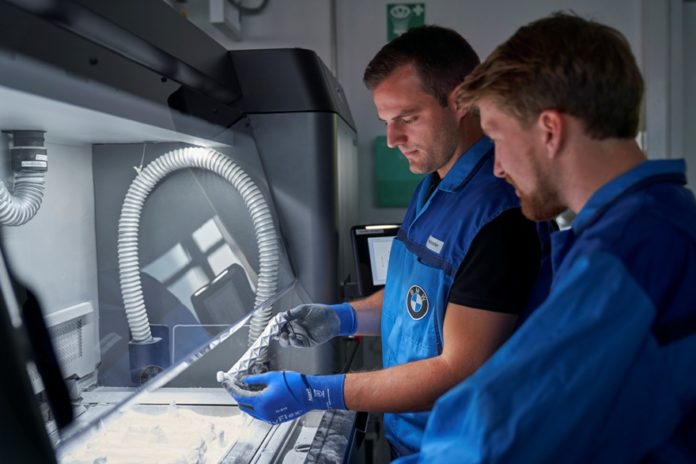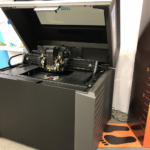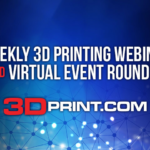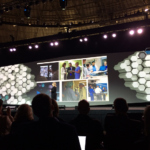

BMW Group has been using 3D printing for more than 25 years, and in the last decade has produced a million parts using the technology. This year alone, the company expects that it will 3D print more than 200,000 components, a 42 percent increase over last year. And BMW Group is just getting started. The company is aggressively pursuing additive manufacturing, intent on staying ahead in an automotive industry that is rapidly embracing the technology.
“The use of components made by additive manufacturing in series production of vehicles is increasing particularly strongly at the moment,” said Dr. Jens Ertel, Director of the BMW Group Additive Manufacturing Center. “We are following the development and application of advanced these manufacturing methods very closely indeed, partly through longstanding cooperations with leading manufacturers in the field. At the same time, we are engaging in targeted technology scouting and evaluating innovative production systems.”
BMW Group’s millionth 3D printed component came recently in the form of a 3D printed window guide rail for the BMW i8 Roadster. It took only five days to develop and was quickly integrated into series production. The guide rail, which is located in the door of the Roadster, allows the window to operate smoothly. It was manufactured using HP’s Multi Jet Fusion technology, which is now being used in the series production of automobiles for the first time. The technology is capable of producing up to 100 window guide rails in 24 hours. Additionally, BMW uses EOS Selective Laser Sintering and various other technologies for metal and polymers.
The window guide rail isn’t the only 3D printed component in the BMW i8 Roadster – it wasn’t even the first, actually. The first was the fixture for the soft top attachment, which was 3D printed from aluminum alloy. It is both lighter and stiffer than the traditional injection molded plastic component used in its place. This year, the component won an Altair Enlighten Award in the Modules category.

BMW Group began using both plastic and metal back in 2010 for the production of a smaller series of components such as the water pump pulley for DTM vehicles. In 2012, the company began using laser sintering for several components for the Rolls-Royce Phantom. While many automotive companies are using 3D printing in their manufacturing processes, a lot of them are mainly using the technology for tooling purposes. BMW Group has been one of the pioneers in using 3D printing for actual functional car parts.
The company has big plans for 3D printing in the future. Recently it began offering several customization options for the BMW MINI, many of them 3D printed. Last year BMW Group began using 3D printing for the fiber optic guides in the Rolls-Royce Dawn; Rolls-Royce currently has 10 3D printed components in its product line.
It was just earlier this year that BMW Group built a new dedicated Additive Manufacturing Campus, which likely at least partially accounts for the drastic increase in 3D printed parts over the last year. The two 3D printed components in the BMW i8 Roadster were designed and produced at the Additive Manufacturing Center, among many others. BMW Group has long been a leader in 3D printing in the automotive industry, and it clearly intends to hold on to that designation.
Discuss this and other 3D printing topics at 3DPrintBoard.com or share your thoughts below.
[Source: Automobile Magazine]
If you're looking to get architectural 3D animation in the USA, our service provides an exceptional way to bring your architectural concepts to life through dynamic, immersive visuals. Through our platform, you can easily request high-quality 3D animations that showcase your designs in motion, offering a detailed view of your project from multiple angles and perspectives. Whether it's for a real estate development, a commercial building, or an urban planning project, our expert team ensures that every detail is captured in a visually compelling animation.
Through our website, you can seamlessly get architectural 3D animation tailored to your project’s specific needs. With our help, you can offer potential clients or investors an engaging experience that goes beyond static images. By integrating CGI animations with real-world settings, lighting, and textures, our team creates a lifelike experience that allows your audience to interact with your project as though it were already built. This service is perfect for presenting complex designs in a clear, visually attractive way that stands out in the competitive architectural market.




